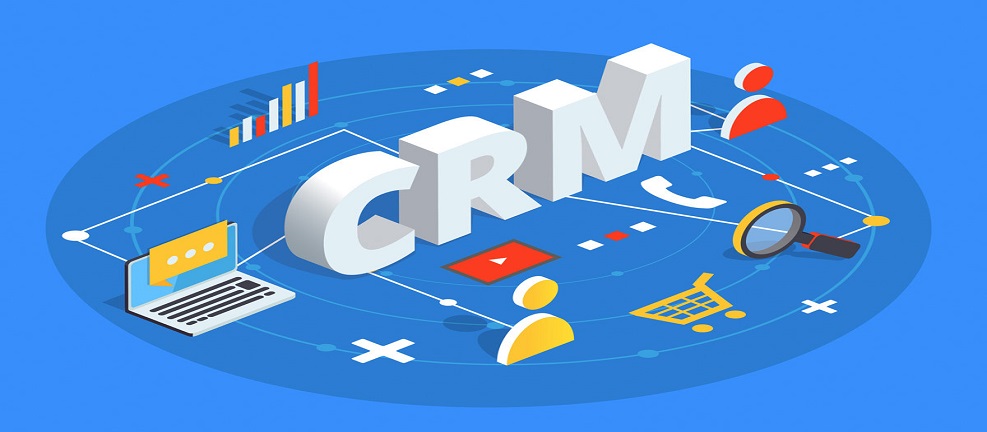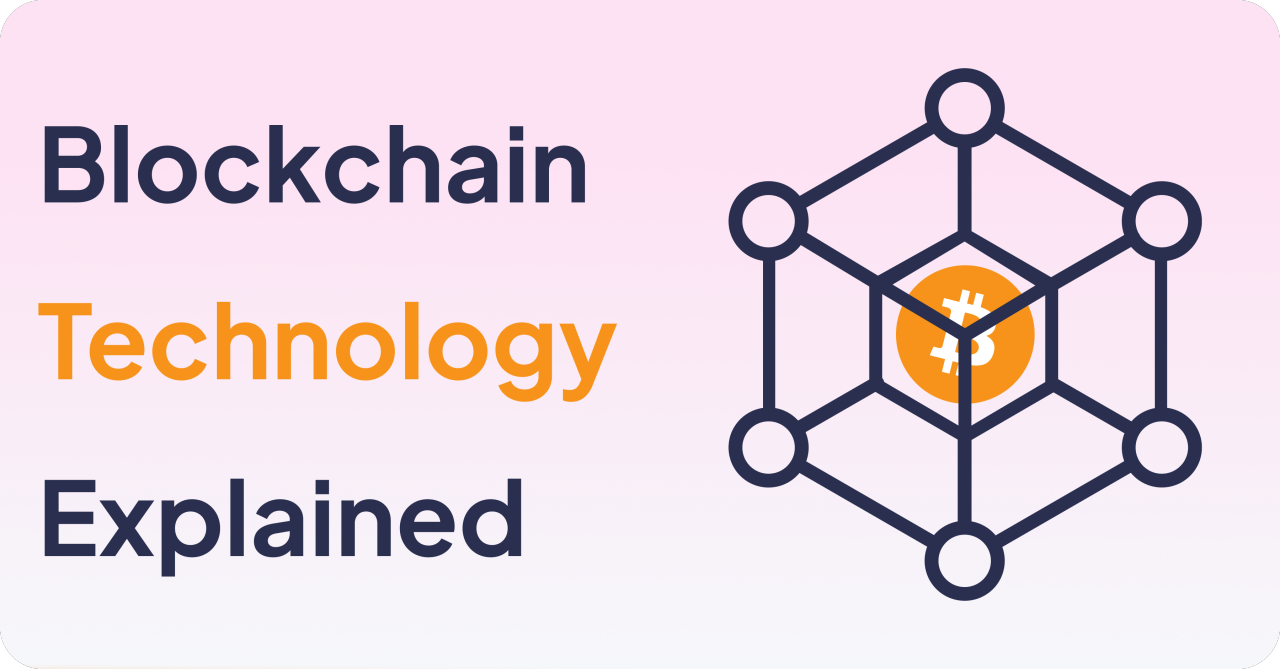What is Customer relationship management (CRM)?
Customer relationship management (CRM) is a technological approach to manage all your company’s relationships and interactions with current and potential customers.
A good CRM system uses data analysis to help companies stay connected to customers, finding new customers, improve business relationships with customers, providing support and additional services.
What is the ultimate goal of any CRM system?
Every CRM project ultimately have two business goals: increase revenue and decrease costs. The ultimate goal is to improve profitability by driving sales growth.
What Happened After CRM Went Live? - Story of Alum Pvt. Ltd.
The Idea
A healthcare company (Alum Pvt. Ltd.) decided to move its customer relationship operations from Legacy CRM System to Microsoft Dynamics CRM.
After a thorough search, the company found an IT partner to implement CRM.
The company worked closely with the IT partner to migrate the legacy features into Dynamics CRM, conducted all the tests and went live.
All went well somehow and the new CRM system was doing well.
The Problem
However, within a week of going live, the new CRM system encountered a critical memory leakage issue which brought down the system.
Both the company's business team and partner's IT team spent hours to identify the root-cause but they could not.
Meanwhile, the business started to impact severely and customer's exec team became unhappy.
Our Solution
Here is when aidoos came up with a solution.
Aidoos analysed and concluded that the issue is related with the product. Hence, only experts with knowledge at product level can fix it.
Aidoos provided that expert who quickly root-caused the issue and fixed it.
As a result, customer was delighted as a week-long issue was brought to closure in few hours.
The Result
The company's business team was very much impressed over the operating model and functionality of aidoos platform.
Later, they started pushing all of their CRM maintenance to aidoos, keeping only critical feature development in-house.
This resulted in reduction of projected CRM maintenance spend of the company by more than 40%.
10 Steps to a Successful CRM Go-Live
The implementation process of a CRM doesn’t end at the go-live date.
It’s equally important to know if users are satisfied with the CRM. Is your team really committed to the new CRM?
Check out these 10 tips for CRM success after go-live:
1) Define Goals - Clearly define your CRM goals, work towards them, track your progress, and most importantly, keep adjusting goals based on the outcomes. Measure the success and evaluate how the CRM project impacts your business goals.
2) Adaptability of New System - Changing a CRM system is not that hard. The actual hard part is making people adaptable to use a new different CRM system as most people don't prefer lot of changes in life. The workforce should be motivated first to happily use a different CRM system for a bigger benefit.
3) Promotion by Higher Management - If information comes from top management, then that information enjoys higher attention and more listeners. Hence, the best promoter for any CRM project is the CEO or the Managing Director. If they hear it from the top, every employee will sit and pay attention.
4) Review List of Revisions and Improvements - Based on the feedback of users, make a list of revisions and improvements needed. Review the list by answering to questions like if the CRM does what it is supposed to do.
5) Allow Steering Committee to Review Phase II - The steering committee should be allowed to review the roadmap for phase II. Budgeting and planning the next phase will help the business to streamline sales operations, stage the expansion and refinement of the CRM.
6) Data Management - Performing data governance and data quality management helps improve the quality of the data and data cleanup of duplicate contacts and accounts. This also includes researching and adding new account hierarchies and missing dependent child records.
7) User & Customer Experience - Connecting user experience and customer experience to evaluate how well tasks are being performed and gain insights for various ways of enhancing user and customer experiences. How are users going to receive the support and guidance they need after-go-live?
8) Ongoing Support - Providing proper ongoing support and communication for all users after go-live decides the success of a CRM implementation. As and when issues emerge, they will need to be resolved quickly.
9) Terminating Old Methods - Shutting down existing systems is very important after go-live as this will stop users from using old work methods.
10) Reporting & Communication - Creating reports is anther step so as to get a clear view of users who are not maintaining the data properly. A more unified data management process can be enforced if the issue arises.
These 10 tips serve as a guide or benchmark to ensure the success of CRM after go-live.
Aidoos is an on-demand software development platform aiming to simplify software management by reducing cost of maintenance at the same time.
Organizations can simply push their software maintenance tasks onto platform and pay per task. Rest is taken care by platform in terms of delivery.
Hire Resources Wisely! Join aidoos!




